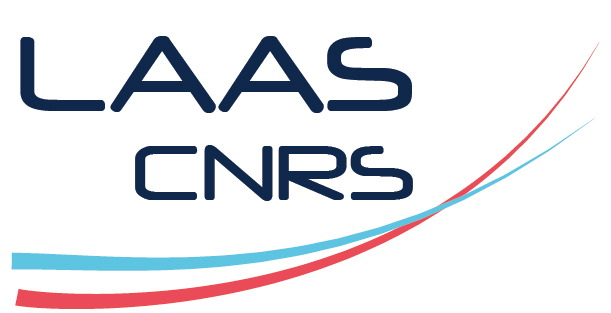NeuroNets: Advancing SU-8-Based Flexible Self-Standing Microdevices for 3D Brain Model Interface
Résumé
Neural spheroids and organoids stand as the next-generation in vitro models of the brain, offering a more precise replication of human-specific physiopathologies. To validate the functionality of these emerging 3D biomodels, capturing the maturation of neuronal activity through electrophysiology is imperative. So far, this aspect has been significantly underexplored, frequently constrained to sporadic, invasive and/or destructive testing methodologies. Organoids transferred onto Microelectrode Arrays (MEA) tend to flatten and spread onto the MEA surface, while optical methods such as calcium imaging, are mainly implemented in slices/dissociated organoids due to scattering effect in a 3D sample [1-2]. Self-rolled biosensors and other flexible electronics offer improved contact compared to MEA, but still face challenges accessing the interior of the 3D model [1]. In this sense, recent advancements in mesh electronics are gaining interest in the field to address the limitations imposed by the three-dimensional nature of brain organoids [3]. In this work, we have developped a thin, flexible electronic mesh to be integrated in 3D brain models during early-stage development for prolonged, in-depth monitoring of electrical activity. This microdevice, called NeuroNet, is fabricated through standard process lithography of SU-8 (Fig 1A ), a negative epoxy-based photoresist used in a wide range of biomedical device [4]. It comprises of two layers of 1µm SU-8 patterned in a serpentine shape, with layers of Ti/Au and Pt as contact lines and electrodes/pads, respectively (Fig 1B ). A final thick SU-8 layer on the device periphery enables device handling with tweezers (Fig 1C). To release the devices, we have studied different sacrificial layers before chosing TiW, on the grounds of i) biocompatibility (H2O2 can be washed easily), ii) compatibility with process steps (solvent-compatible, stable up to 125°C), iii) release time (<1 day) and iv) yield (~95% success rate). In this process, a special attention has been brought upon the issue of SU-8 cross-linking over metallic surfaces. Indeed, on the platinum electrodes, a residual layer of unexposed SU-8 has shown to prevent proper electrode opening. To circumvent this issue, a small study was conducted to optimize ICP-RIE plasma etching process of SU-8 residues as well as stripping techniques, to obtain a smooth opening on the metallic electrodes, with limited residues (Fig 2 ). Following process optimization, we proceeded with biological pre-validation. While SU-8 has been reportedly used in diverse biomedical applications, SU-8 formulations contain radical monomers and antimony (Sb) salts as photocatalysts, both of which are cytotoxic [5]. When processed as recommended by the manufacturer, SU-8 devices soaked 24h in cell culture medium were highly harmful for SH-SY5Y cell line (Fig 3A), resulting in massive cell death. We developped a biocompatibility protocol as a final step for our SU-8-based devices, comprising of extra UV-exposure, followed by extensive development, thorough washes and a 3-days bake @125°C. As a result, cell viability was ensured, as established by our MTT cytotoxicity assay (Fig 3A + data not shown). Finally, we show some preliminary results on the transfer of primary cortical spheroids from rodents into our NeuroNets. All spheroids (N=16) remained viable throughout the 18-day culture period, displaying promising indications of neuronal branching onto the device (Fig 3B). Overall, our research establishes the technical groundwork necessary for advancing a novel generation of flexible electronics seamlessly integrated into early-stage 3D neural models, facilitating continuous electrophysiology recordings over extended periods. Our next phase will now prioritize the optimization of mesh internalization inside 3D neural models to perform valuable in-depth electrical recordings.
Fichier principal
 ALecomte_AbstractMNE2024_Sphelectro_submitted.pdf (378.83 Ko)
Télécharger le fichier
ALecomte_AbstractMNE2024_Sphelectro_submitted.pdf (378.83 Ko)
Télécharger le fichier
| Origine | Fichiers produits par l'(les) auteur(s) |
|---|

